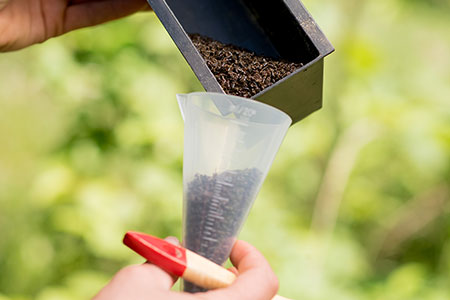Early recognition, monitoring, analysis and action
Our most important forest insects are continually monitored with different methods. With information, attained through surveillance monitoring, one can draw conclusions about the size of the populations and their development potential, and out of that recognise the resulting dangers, as well as apply the necessary countermeasures if need be.
Different factors play a role in the development of pest populations. Important abiotical parameters are, for example, climate and weather conditions. Biotical and other parameters are the trees themselves – as a brood chamber or food source – as well as the natural opponents of insect pests. What is also important is defining the vitality of the forest trees and how well they can resist outbreaks (for instance, intensive resinosis by healthy spruce trees is used as a defence against boring bark beetles). Weather conditions, climate, the soil condition and air quality work as stress factors for the trees, and when the conditions are right this can lead to degradation and simultaneously an insect outbreak. Also, interactions within a species or the intervention of human beings, for example different forms of forest management as well as the selection of certain tree species affect tree populations.
All living things tend to mass propagate under optimal conditions (e.g. gradation), including insect species that are important for the forest. The gradation always follows a consistent pattern of expiry. In the latency phase the population is sparse, that is to say, there are comparatively fewer individuals of a population and therefore less damage done to the trees. There reigns a balance of power between insect pests and their opponents. In the phase of progradation the population density enters the optimal conditions for development and approaches a culmination point, which means a highpoint of gradation, and then it reaches the retrogradation stage and after that again sinks back to the latent level. (See figure. 1)
Warning thresholds and critical levels
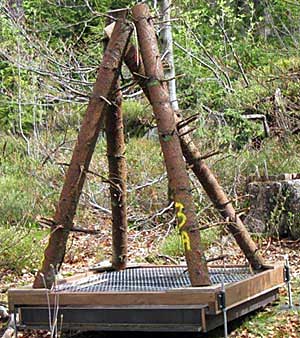
Fig. 2: A rough tipi trap: delimbed, insecticide-treated top pieces are put together in a kind of tent structure and baited with attractants. (Photo: BFW / Tomiczek)
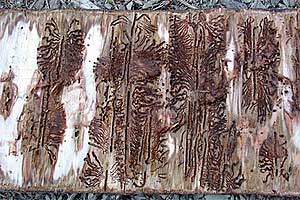
Fig. 3: Egg Galleries of the European Spruce Bark Beetle. (Photo: BFW/Pfister)
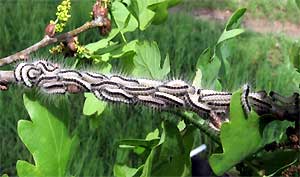
Fig. 4: The Oak Processioary Moth profits from climate change (Photo: FVA)
In forest science there are different monitoring procedures applied and adapted for insect species (this is also called forest protection reporting). Forest practitioners and scientists continuously develop these procedures. The monitoring is an important pillar of integrated forest protection. Depending on the species of insect, their different development stages will be observed at different points in time over the year. The species specific thresholds and critical numbers will also determine the intensity of monitoring and they will be continuously coordinated in a multi-stage process according to the gradation trend.
The forest practitioners will, with considerable effort, release early statements about the development of a monitored population and in the following phase develop appropriate defense strategies which will be continuously adapted.
The monitoring results and recommendations are then promptly published in the traditional forest protection information and also often on the internet.
Bark Beetles
In particular, the spruce bark beetles are caught during the growing season in pheromone traps. Based on the number of individuals found, a conclusion about the threat to forests from an outbreak can be made. The results are then shared with other forest practitioners and managers.
Combine sufficient nesting material with warm, dry weather and a bark beetle outbreak can occur. This development combined with a storm creates perfect conditions for the bark beetle and they will then need a shorter amount of time to reach the culmination phase.
Pine tree pests/ Butterflies
For the prognosis of pine tree pests, especially Pine Tree Lappets, the Pine Beauty, the Nun Moth, Sawfly plus the Pine Looper and other harmful moth species, pheromone traps and sticky tree bands are used next to other methods. These include for example, systematic egg searches on the trunk and on the branch of the tree, plus so-called 'winter soil sampling'. A special advantage of the winter soil sampling is that, besides the assessment of the pests (numbers, vitality, reproductive potential), conclusions about the natural opponents of these pests can also be made. Further monitoring measures include moth flight and caterpillar census taking and also in the case of catastrophes, larvae assessment and excrement calculation.
May Beetles
In some regions of Germany, under the Rhine Valley in North Baden and in the Southern Palatinate as well as the Hessen-Main domain, outbreaks of the forest May Beetle ((Melolontha hippocastani) regularly occur.
This results in damage to trees, above all, younger oak and beech trees, from as early as the larval stage due to cockchafer grubs on the roots.
After the pupation stage, the full-grown adult beetle (Imago) will often attach mature grubs onto old deciduous trees, which threatens the trees’ survival. Thus, forest May Beetles are also appropriately monitored in the region.
Novel Insect pests
In addition to classical insect species, migrant species that have benefited from climate change have become increasingly important. As an example, the Citrus Long-horned Beetle may be mentioned, as well as the Asian Long-horned Beetle and the Oak Processionary Moth respectively. Below we have compiled links to articles and external information sites on the theme of "Monitoring and Prognosis of Insect Pests".
Literature
- Altenkirch, W.; Majunke, C., Ohnesorge, B. (2002): Waldschutz auf ökologischer Grundlage. Verlag Eugen Ulmer.
- Schwerdtfeger, F. (1970): Waldkrankheiten. Ein Lehrbuch der Forstpathologie und des Forstschutzes. Verlag Paul Parey.
External Links:
- Borkenkäfer-Monitoring der FVA Freiburg
- Informationen und Warnmeldungen für Forstschäden in Nordrhein-Westfahlen
- Borkenkäfer-Informationen und -Monitoring in Österreich
- Waldschutzinformationen der Landesforst Mecklenburg-Vorpommern
- "Waldschutz Aktuell" berichtet über aktuelle Forstschutz-Ereignisse in der Schweiz
Forest Crises Management Advisory Guide
Back to the main page of the Forestry Crisis Management Advisor Guide: Overview of the different topic collections
Back to the article overview in the: The Insect Pest Topic Collection: Prevention – Identification – Action

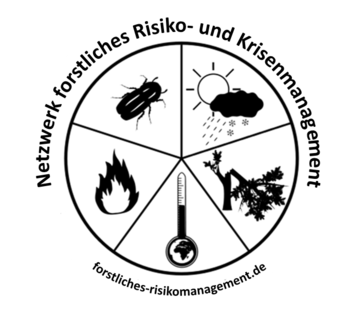
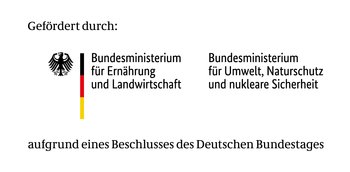
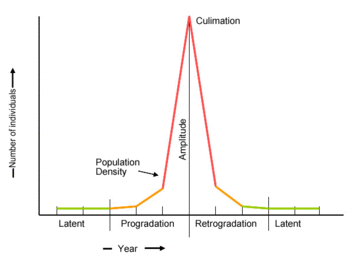
![[Translate to English:] [Translate to English:]](/files/_processed_/9/0/csm_kw_bk_pheromonfalle_bfw_perny_e54b8d787e.jpg)
